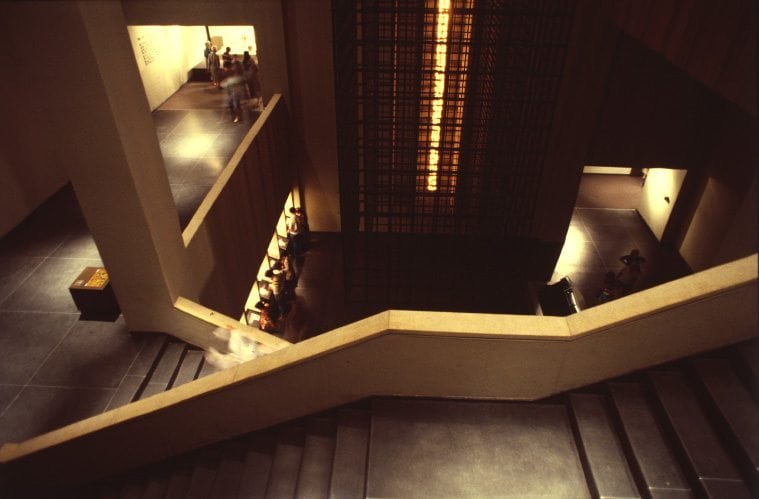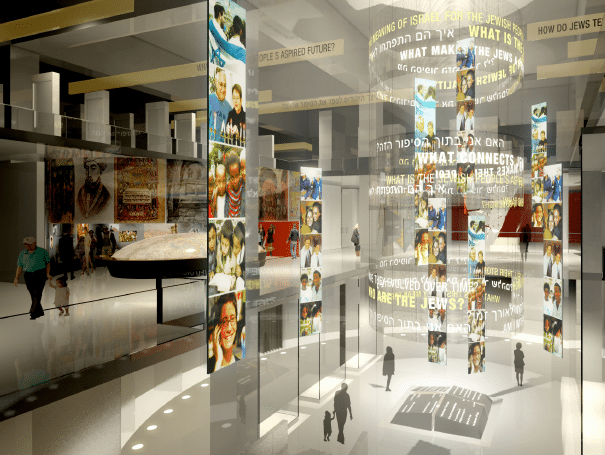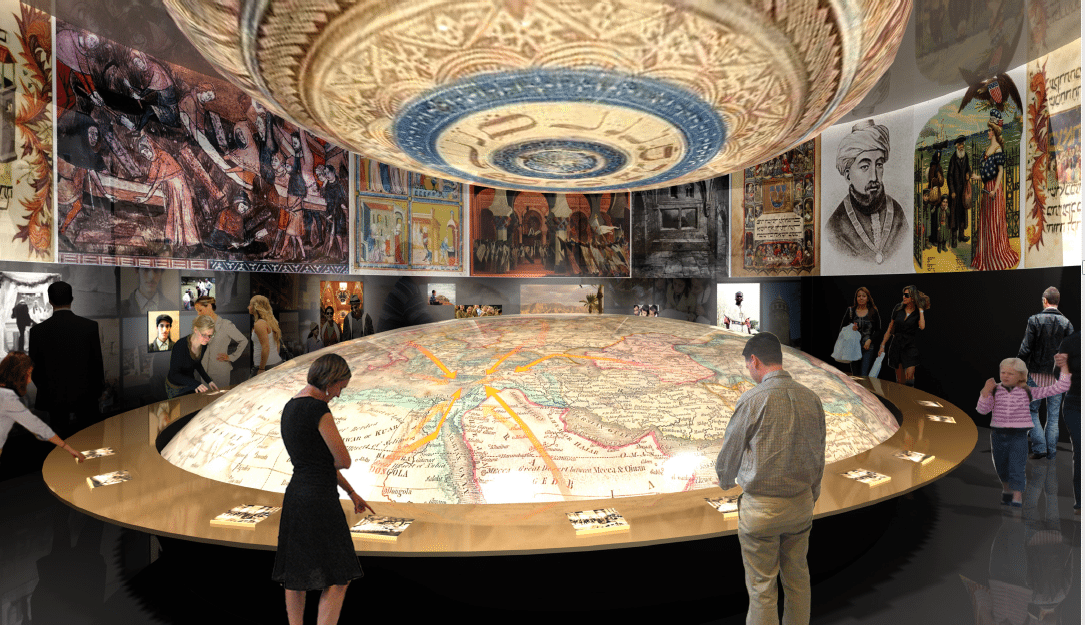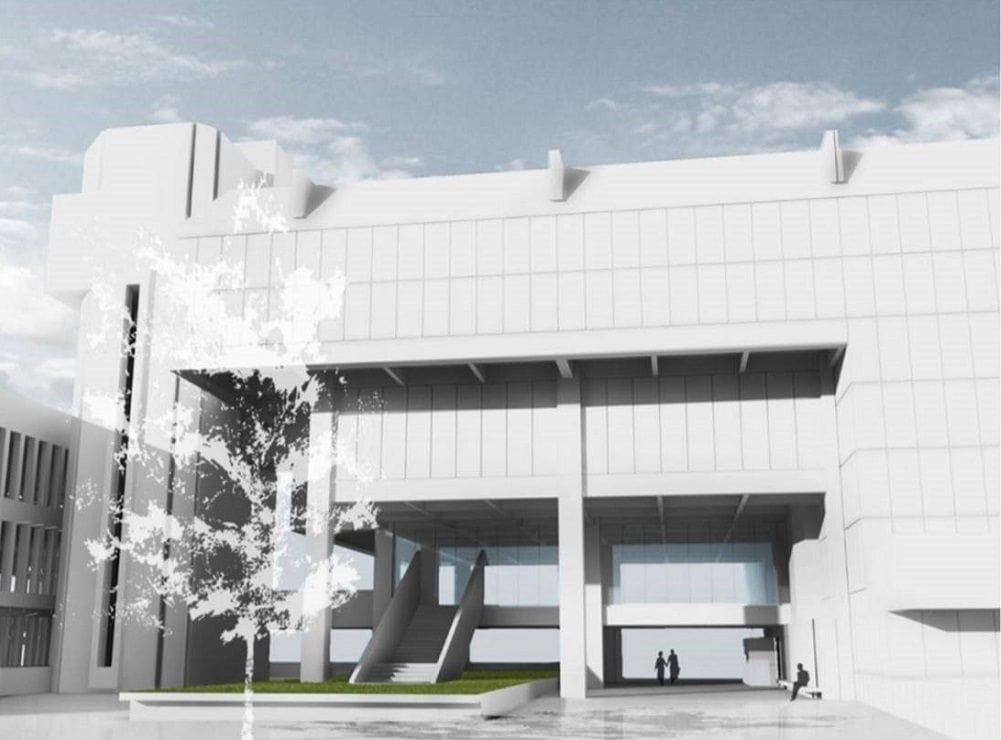When Beit Hatfutsot was first opened, in 1978, it was called The Diaspora Museum, setting as a main goal to tell the story of Jewish communities in the diaspora, thus connecting Israelis to their past.

At that time, the classic Zionist view was that the difference between Israelis and their fellow Jews in the diaspora was not just their location, but their values as well, and that there was a fundamental gap between Jews who resided in Israel and Jews who resided outside of Israel. Thus the people of the diaspora’s Jewish identity was considered somewhat incomplete, until the came to Israel.

Decades has passed, and many Jews feel that this approach is no longer valid. Therefore, as part of the museum’s renewal, it was decided that there shall be no more a separation between different groups of Jews, and that the goal of the new museum is to tell the unique and ongoing story of the Jewish people, emphasizing identity and culture, without geographical and moral distinctions. This process also led to replacing the institute’s name from The Diaspora Museum to The Museum of the Jewish People.

Three principles underlie the foundation of the new museum:
- A pluralistic representation: we believe that the story of the Jewish people is like a rich mosaic with many pieces, each piece stands alone yet contributes to the understanding of the great picture. There is no hierarchy, no Jew is better than another Jew, we are all part of the same story.
- Smashing the “legacy of tears” concept: the old core exhibition was based on a meta-narrative we may generally call: from destruction to resurrection. In other words, the Jewish story is the story of a unique ethnic group who suffered pogroms, deportations, antisemitism, riots and persecutions, until they established their own state, which saved all the Jews. Many Jews around the world still study Jewish history this way, and embrace this concept, which is still highly popular. However, as surprising as this may sound, during the long history the Jewish people also experienced long eras of financial prosperity, cultural advancement, prolific dialogue with other cultures, and extraordinary rich creativity. In the new museum, these aspects shall be highlighted, and visitors will be able to look back on their past with excitement, and without necessarily shedding tears. For we believe that like any other good story, the story of the Jewish people has many plot lines, and we are here to tell the whole story, with its lights and shadows – even if it does not always fit with what we’ve learned in high school.
- Belonging: we believe that a Jew is always part of a group – be that a minian, a community, a state, a nation – we have made it our motto to join all our visitors to one Jewish story. You cannot have identity without belonging. We feel, that if a visitor shall leave the museum saying to themselves “I am part of the story too” – then we have achieved our goal.
